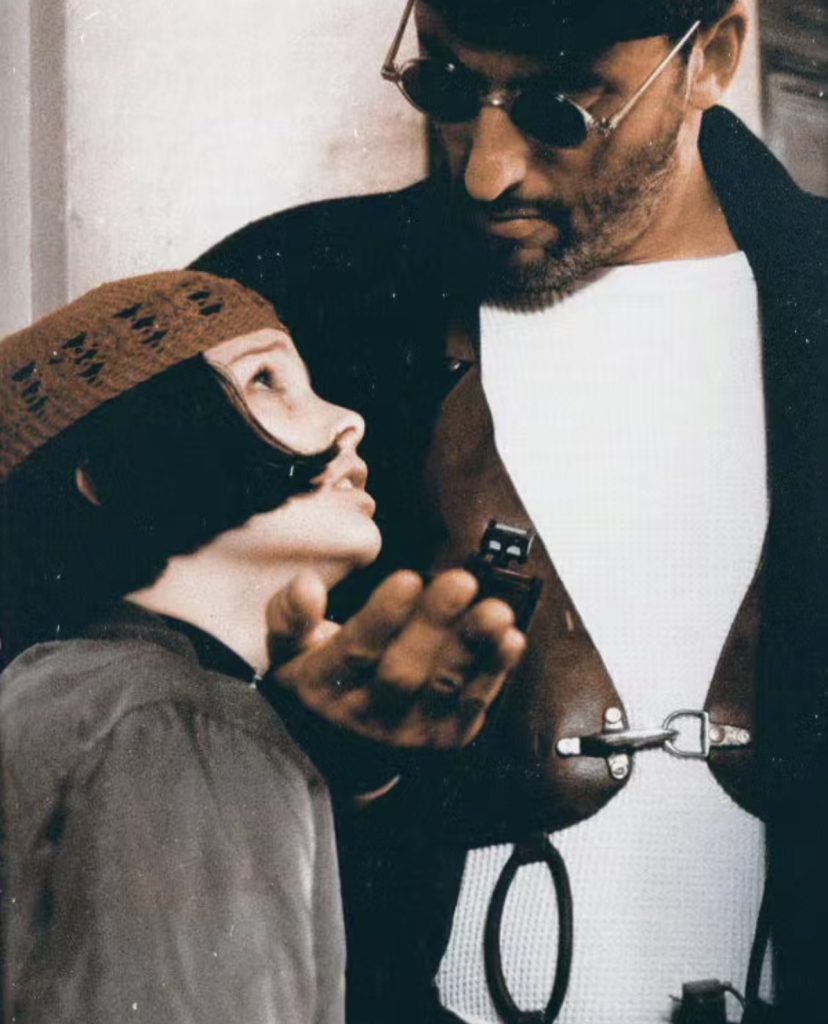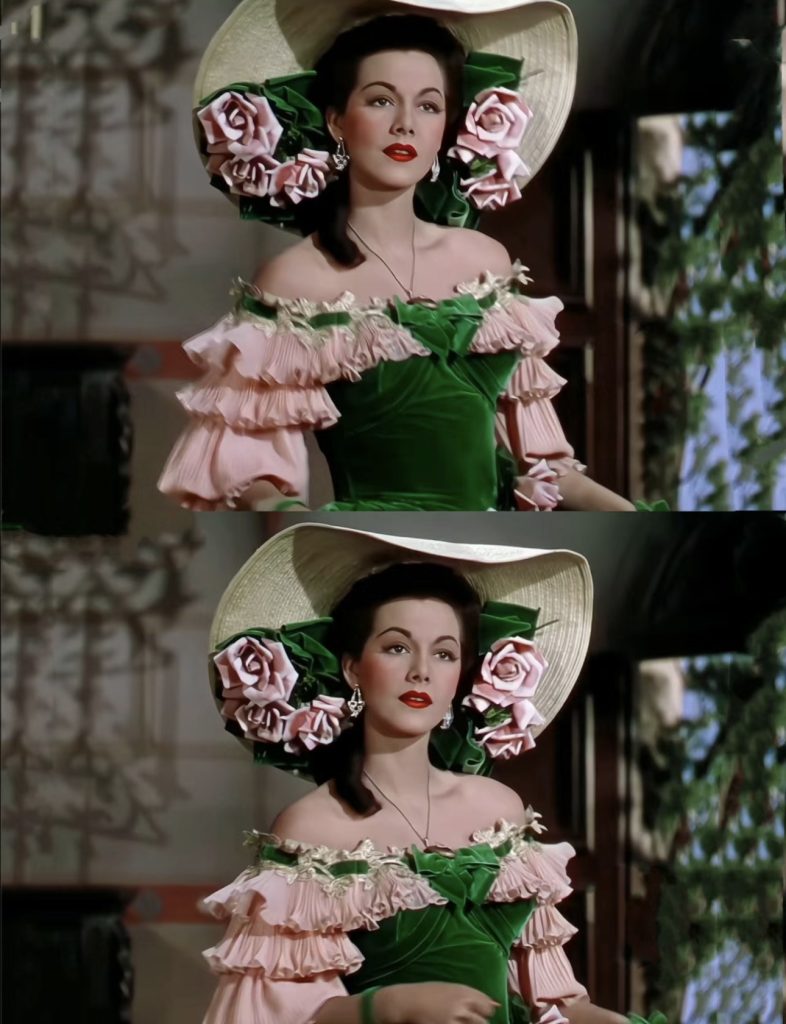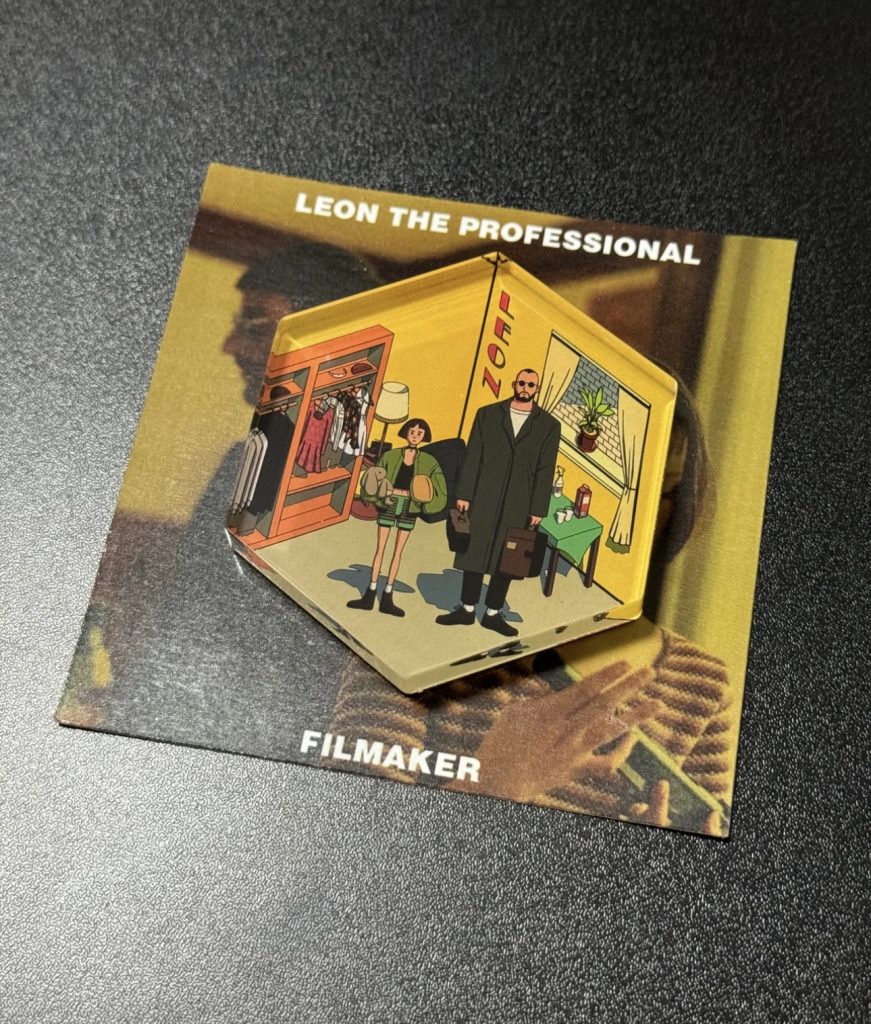Let’s introduce what the Culture Industry is?
The cultural industry refers to a series of economic activities that produce, disseminate, and consume cultural products and services through forms such as culture, art, media, and entertainment. This concept was first proposed by Theodor Adorno and Max Horkheimer of the Frankfurt School in the 1940s as a critique of cultural commodification and standardization in capitalist society
Main areas of cultural industry:
Art and creative industries: including the production and dissemination of art forms such as fine arts, music, dance, drama, literature, etc.
Media and Publishing: Production, distribution, and consumption of media content such as news, radio, television, film, books, journals, and electronic publications.
Entertainment and leisure: involving leisure and entertainment activities such as movies, TV shows, electronic games, theme parks, live performances, sports events, etc.
Advertising and Marketing Promotion: Conveying brand and product information through creative design and marketing communication.
Tourism and Cultural Heritage: Tourism services based on cultural attractions, historical sites, festivals and celebrations.
Design and Fashion: including innovative fields such as product design, clothing design, and architectural design.

Talk about the link between Culture Industries & Movies
As an important component of the cultural industry, film is not only a carrier of artistic expression, but also a powerful engine for promoting global cultural exchange and economic growth. In modern society, the film industry has become one of the most influential and economically valuable fields in the cultural industry through technological innovation, cross-border integration, and global dissemination. This article will explore the close connection between film and the cultural industry, and analyze how film promotes the development of the cultural industry through the combination of art and commerce.
A Comprehensive Cultural Industry Film is a highly integrated art form that combines various cultural elements such as literature, visual arts, music, and performance. It combines narrative, visual, and auditory experiences, providing audiences with a comprehensive cultural experience. As a part of the cultural industry, movies are not only simple cultural products, but also the intersection of multiple cultural elements. Through movies, audiences can not only experience the storyline and visual impact, but also be exposed to the history, values, and aesthetic tastes of different countries and regions. For example, French art films, Bollywood films in India, and South Korean genre films are all successful cases of spreading local culture through the medium of film. As a result, movies have become an important branch of the global cultural industry, influencing billions of people worldwide in production, dissemination, and consumption.
The business model of movies and the economic drive of cultural products
Movies not only have strong artistic attributes, but also are highly market-oriented cultural products. Behind every movie, there are commercial chains involved in funding operation, production, distribution, and marketing promotion. Movies have brought huge economic benefits to the cultural industry through models such as cinema box office, digital copyright sales, and derivative product development. Especially in recent years, with the increase in film production costs and box office revenue, the film industry has become an important driving force for the global cultural economy.
In addition to direct box office revenue, film derivatives such as toys, clothing, souvenirs, etc. have also become an important economic source for the cultural industry. Movies such as Star Wars and The Avengers not only generate huge box office revenues, but also greatly enhance brand value through cross-border collaborations and derivative sales, promoting the diversified development of the cultural industry.











A very detailed definition of the cultural industry is given and the main areas of the cultural industry are introduced.It also presents an in-depth analysis of the development of the film industry and the economic benefits it has brought.I liked your illustrations, which were neatly laid out and listed many meaningful films, thus allowing the viewer to analyse the history of cinema more in relation to some actual films.